The best-selling Android phone of 2017 just got better.
Look, I'm not going to sit here and try to tell you that the Galaxy S9 and S9+ are all-new phones worthy of praise for doing a whole bunch of things that their predecessors did at the start of 2017. Not a whole lot has changed in the last year, and that's just the reality of what we're working with here.
Not only is Samsung using almost all of the same materials, design, components and features found on its last-gen flagships, but the similarities go down to using the exact same box, wall charger, USB cable and the AKG earbuds. The Android Oreo and Samsung Experience 9.0 software is near-identical to the update that started hitting the Galaxy S8 and S8+ in January. In many ways, Samsung isn't even trying to act like these are altogether new phones. Iterating the branding to "S9" is purely an exercise in keeping naming consistent for consumers than a true indication of a generational jump.
If any other company did this, its phones would quickly be cast into the shadows for lacking innovation or an eye-catching feature to draw in potential buyers. But Samsung isn't like other companies — Samsung is sitting at the very top of the Android world, sucking in nearly all of the available profits in the $700+ price segment. To quote myself, "it's Samsung's world and we're all just living in it." And that affords it some flexibility to release an iterative update set to fix the Galaxy S8's few flaws and re-release phones that almost anyone looking to buy in 2018 will enjoy.
About this review
I'm writing this review after 9 days using the U.S. unlocked Galaxy S9+. The phone was used exclusively on the AT&T network, first roaming in Barcelona, Spain and then locally in Seattle, WA. The software build was 1UEU1ARB7, with the February 1 security patch, and was not updated during the course of the review.
Considering their similarities, the entirety of this review is applicable to both the Galaxy S9 and Galaxy S9+, except in portions where Galaxy S9+-specific commentary is noted.
In video
Samsung Galaxy S9+ Video review
There's a place for words, and then there's a place for a concise video review — thankfully, we have both available for you right here. To get things kicked off, be sure to watch our full Galaxy S9 video review, and to get more details, read on for the complete written review right here.
More of the Samesung
Samsung Galaxy S9+ Hardware, design and display
The Galaxy S9 is near-indistinguishable from the Galaxy S8, but the hardware is still absolutely a strong point. This is a beautiful, modern design that looks great and is functional in terms of getting a ton of screen in a relatively small package. The standard Galaxy S9, in particular, is downright compact by modern smartphone standards.
Who cares if it's near-identical to the Galaxy S8 when the hardware is this nice?
The metal frame and tightly curved glass are gorgeous, but Samsung is still showing it didn't have to sacrifice functionality for form. The Galaxy S9 is IP68 water resistant, of course, and the glass back enables wireless charging, which isn't a must-have feature for me but I'll always use it if it's there. There's also a fan-favorite SD card slot for up to 400GB of extra storage — or up to 2TB when the cards come out at that capacity. And look at that on the bottom of the phone: a headphone jack! The increasingly rare port matches up well with a really good pair AKG earbuds you'll find in the box, but is wonderful to see regardless. Samsung is saving us from dongles for at least another year, and I applaud it.
Samsung was smart to stick with everything that made the Galaxy S8 so appealing — but it did manage to fix the few hardware quirks we latched onto last year.
Yes, you can actually find and use the fingerprint sensor without any hand contortion. It's slightly easier to reach on the smaller Galaxy S9, and the sensor isn't quite as easy to blindly find as on the Google Pixel 2 or OnePlus 5T, but this is a massive improvement and no longer a weak point of Samsung's flagships. And for times when you can't reach, the new "intelligent scan" system lets you quickly unlock the phone with your face while retaining iris scanning for protecting more sensitive data in the phone. I kept it turned on and it never interfered with my fingerprint sensor use, but was there when I needed it — again, a vast improvement over last year.
Without changing the exterior design, Samsung made a few choice upgrades on the inside. A new top earpiece complements the down-firing speaker to form a stereo pair — providing critical audio separation when you're watching landscape video, and making it impossible to just block all sound coming out of the phone with a single finger. Samsung claims the pair is 1.4-times louder, and I won't go that far — but I definitely notice a boost to both volume and bass when listening to music without headphones. That's all we really needed.
Samsung Galaxy S9 and S9+ specs
On the other hand, going far beyond "adequate" is this AMOLED display, which is absolutely leading the industry. Samsung outdid itself by increasing brightness 15% over last year, complementing what's already a fundamentally fantastic display in terms of colors, clarity, off-axis viewing and visibility in direct sunlight. DisplayMate's tests show all of the specifics, but you don't need to know any of that — trust me, you'll either love having this display, or you'll wish your phone had it. The only puzzling decision Samsung makes is still putting the phone in FHD+ resolution by default — turn that thing up to QHD+ and enjoy the brilliance.
Standard Samsung
Samsung Galaxy S9+ Software, specs and performance
With years of iteration, Samsung's software has made leaps and bounds in terms of design, overall fluidity and features — but its out-of-box experience is still burdensome and clunky if you're used to any other company's phones.
Preserving legacy features may be comforting to some longtime Samsung users, but others will be frustrated by it all.
Samsung Experience 9.0, built with Android Oreo, still feels like it's hanging on to vestiges of previous software versions in many places. Countless settings pages go several layers deep concealing features new and old, leaving search as the only realistic way of finding something quickly. Many design cues, like the notification shade design, are mismatched with new Oreo-targeted apps. Samsung's launcher just now offers long-press actions that came to Android in Nougat, but they're half-baked and aren't useful like they are on other phones — at least the notification badges are now actually tied to the notification shade. Somehow, its keyboard is still not even in the same ballpark as Google's Gboard with prediction and swipe input — and don't even get me started on the poor voice dictation.
The preservation of legacy features and a design lineage that stretches back several years may be comforting to some longtime Samsung users, but for people who just want to get the basics done the Galaxy S9 has a mountain of cruft to contend with. I personally can deal with it all just fine through an afternoon of tweaking settings, but then again, should I have to?
Jumping through hoops to get the phone to work the way I want shouldn't be necessary.
Yes I'm being somewhat nitpicky on a few things here, and there are far more people out there who are accustomed to Samsung's software than any other single flavor. But it just strikes me every time I pick up a new Samsung phone how many hoops I have to jump through just to get it to work the way I want — sometimes you can go overboard in offering options, and Samsung is walking that line. I doubt the software bloat will actually dissuade anyone from buying these phones, but that doesn't mean it isn't filled with potential frustration points.
Quickly, a paragraph about Bixby! The Bixby Home panel connected to your home screen still lacks standout features, leaving me to wonder if we'd all be better served by just integrating the few pieces of it that work into other areas of the phone and leaving this full-screen Home experience to die, as most of it just isn't useful. Bixby Voice recognition is actually pretty good, if you just downright don't know how to do something and want it to handle it over voice — but most of the time, touch is faster and more accurate. I could go deep into why Bixby is a flawed system that isn't making any strides in terms of changing the way we use our phones, but let's save that for another time — the important part here is that you can use Bixby if you want, and you can turn it off entirely if you don't.
Bixby has a few good things going for it — but it commands far more attention than it deserves.
It's sort of the same "use it or forget it" situation for AR Emoji — Samsung's new Apple Animoji competitor. It works, it's neat to play with and maybe the younger crowd will latch onto it. But for most of us, we'll stick to taking great pictures with the camera rather than putting weird masks on our quasi-cartoon avatars in selfies. Samsung once again deserves praise for having a camera feature that's dead simple to capture and export anywhere, rather than locking you into its platform, but this isn't compelling enough to be an actual selling point of the phones.
Performance
The Snapdragon 845 processor I'm using in this U.S. model of the Galaxy S9+ is the latest and greatest from Qualcomm, and honestly it's far more powerful than anything we need in a smartphone today — particularly when it's paired up with 6GB of RAM. But hey, it means this phone's ready for the future.
This processor is good for today and far into the future.
As far as using the phone every day, it doesn't feel any different from the Galaxy S8 using Oreo, or the Note 8 using Nougat for that matter. Anyone who's spent time with a Pixel 2 or even last-gen Pixel will be able to sense moments of dropped frames or stutters on the Galaxy S9, but let's be honest it just isn't that big of a difference. The Galaxy S9+ handled everything I threw at it without any hesitation, and I experienced zero slowdowns, app crashes or system instability. The phone's been rock solid, and I just hope it stays that way over time.
Battery life
Samsung's promise of "all day" battery life holds true in my use, if just barely, with the 3500mAh capacity inside the Galaxy S9+. Without fail, I got 17 to 18 hours of battery life each day, including 3 to 4 hours of "screen on" time, at the point when I settled into bed and tossed the phone on its wireless charger. That's certainly good enough for most people, and roughly on par with what I get out of my Pixel 2 XL — but heavier users will need a midday top-up if they're going to be hitting the phone hard.
I got 17-18 hours of battery life without fail, and that's plenty for most people.
On the other side of things, light users will still be charging at night regardless, as the standby battery life just isn't fantastic on the Galaxy S9+. Even with light usage and most of my day spent at home on Wi-Fi, the phone was still estimating roughly 18 to 19 hours of battery life. Consistency is good in most cases, but keep in mind that even if you baby it throughout the day you aren't going to be able to push far into a second day without charging.
Despite this being the year 2018, Samsung is curiously still supporting just Quick Charge 2.0 charging speeds and supplies the same charger as it did with the Galaxy S7 and S8. It's not really an issue, and the phones do support USB-C Power Delivery for another fast charging option, but it's so odd that an otherwise extremely technologically advanced phone wouldn't have at least Quick Charge 3.0.
Sticking with a 3000mAh battery, I have worries about the standard Galaxy S9's longevity.
As I only have the larger Galaxy S9+ for this review period, the only question mark that remains is just how the Galaxy S9, with its smaller 3000mAh battery, will fare. Given my S9+ experience of a full day, and realizing that the Galaxy S9 has all of the same specs and capabilities with what is still a very large display, I expect the smaller phone to once again underwhelm in its longevity. That's the one trade-off you take into consideration when getting the smaller phone for its ease of use in one hand.
The big improvement
Samsung Galaxy S9+ Cameras
With the move to a an all-new 12MP sensor, the Galaxy S9 has dramatically improved its processing for photos of all kinds. Each photo saved is the combination of 12 frames captured simultaneously, blended into 3 batches and then worked into a final image. The result is insanely crisp details and almost no noise even in extremely dark conditions, without the typical over-processed or artificially-smoothed look we so often see associated with low noise.
Samsung's new sensor and lens isn't just hype, it's a huge jump in quality from the Galaxy S8.
The camera's trick new lens that can switch between f/1.5 and f/2.4 helps even further. A majority of shots are taken at f/1.5 to let in as much light as possible and give the sensor a better chance at keeping the ISO down. It will switch to f/2.4 in bright daylight scenes and provide even better fine detail, and I found the camera does a great job of choosing which one is right for the job. You can fiddle around with Pro mode if you want, but I was blown away by the quality of photos in Auto.
The biggest comparison here is of course the Pixel 2's camera. These phones don't take the same types of photos, but they both produce fantastic images in their own right. The Pixel 2 is capable of creating scenes that no other smartphone can, and uses its advanced HDR processing to create eye-catching photos that have a very dramatic look with extra saturation and highlights — it basically does an advanced editing job after capturing. On the other hand, the Galaxy S9 comes closer to natural reproduction of a scene, with great colors and amazing detail — you might want to tweak it in some cases, but you get a fundamentally great photo to start with.
The Galaxy S9 and Pixel 2 take different types of photos, but both are fantastic in their own ways.
On the whole, I'd say both phones have great cameras that anyone would be happy to shoot with. The Galaxy S9+ isn't going to dethrone the Pixel 2 as the "best" camera out there in my opinion, because things are just more nuanced than that, but it does just as good a job in most situations and has plenty of features the Pixel 2 doesn't. I was consistently amazed by the photos I took with the Galaxy S9+ — and at that point, whether it took the "same" photo as the Pixel 2 in any given situation is basically irrelevant to me.
The photo quality is so good from the main camera it almost obviates the need for the secondary camera — which is near-identical to the Note 8's. That second sensor and lens aren't anything special, meaning in many dimmer scenes you'll just be using the main sensor with a digital crop anyway. And the Live Focus portrait mode still runs into processing issues where the f/1.5 main lens can often provide better, natural background blur. None of the photos I'm showing in this review use Live Focus ... I always took a better shot in Pro mode at f/1.5. When you take this into account, it really doesn't feel like Galaxy S9 buyers are losing much by not getting that second camera — so don't let that be your deciding factor between the two sizes.
The new camera sensor tech also enables 960 frame per second slow motion, which is very clearly a gimmick — but it's a darn fun one. With the right conditions and a steady hand, you can get jaw-dropping slow-motion scenes. And Samsung's automatic capture interface makes it dead simple to get the shot you're looking for — something that was sorely missing when I reviewed the Sony Xperia XZ Premium. Be sure to check out our review video for some choice slow-mo action from the Galaxy S9+.
The new standard
Samsung Galaxy S9+ Bottom line
It's become increasingly clear to me that the Galaxy S line of phones is no longer exciting, at least from the standpoint of those who strive to see the latest and greatest technology. They are, instead, becoming the new standard Android phone by which all others are measured as a baseline. A vast majority of Galaxy S9 buyers will not know much about the details of their phones, nor do they need to — but they know that this phone has cool new features, does everything they ask of it, and in turn brings no measurable flaws, trade-offs or downsides.
The Galaxy S9 and S9+ aren't necessarily exciting, but they don't have to be — because Samsung made two fantastic phones that do what people want.
These are expensive phones, but the value proposition is pretty simple. When someone walks in the store and asks for a phone that has a specific feature or can do certain things, undoubtedly the Galaxy S9 or S9+ can do it — and that same phone can fulfill different requests from the next person that walks in. Samsung doesn't have to turn away any customers, because these phones just do everything.
It's funny how we now appreciate a phone that just does things customers want, in a normal way, rather than trying to force some new agenda or change before it's ready to happen. With the Galaxy S9 and S9+, Samsung isn't pushing the envelope: it's just making phones that can appeal to as many people as possible. The excellence in these phones is that Samsung managed to make the "phone for the masses" while keeping them grounded as a proper, finished product rather than a portmanteau of random ideas that's less than the sum of its parts.
Discerning phone buyers may consider a Pixel 2 or 2 XL instead, and for good reason, but nobody will be unhappy with a Galaxy S9 or S9+.
The real question is, for the discerning buyers out there who don't want a phone that does everything but wants one that does certain things best, and will put up with a couple compromises, whether they'll be better served by a phone like the Pixel 2 or Pixel 2 XL. They may not have the brilliant display or mountain of features, but their software experience and simplicity are undeniably better — and that's important for some people. If you're willing to look at the details, you may be better served by those phones — but statistically most people will buy a Samsung phone, probably one of these two in 2018, and they'll undoubtedly love it.
Samsung is going to sell an insane number of these phones — not because they're groundbreaking or hyper-innovative, but because they're solid, beautiful, feature-packed and have fantastic cameras. And that's why Samsung is now the default choice for non-iPhone buyers — and even some in Apple's camp — around the world.
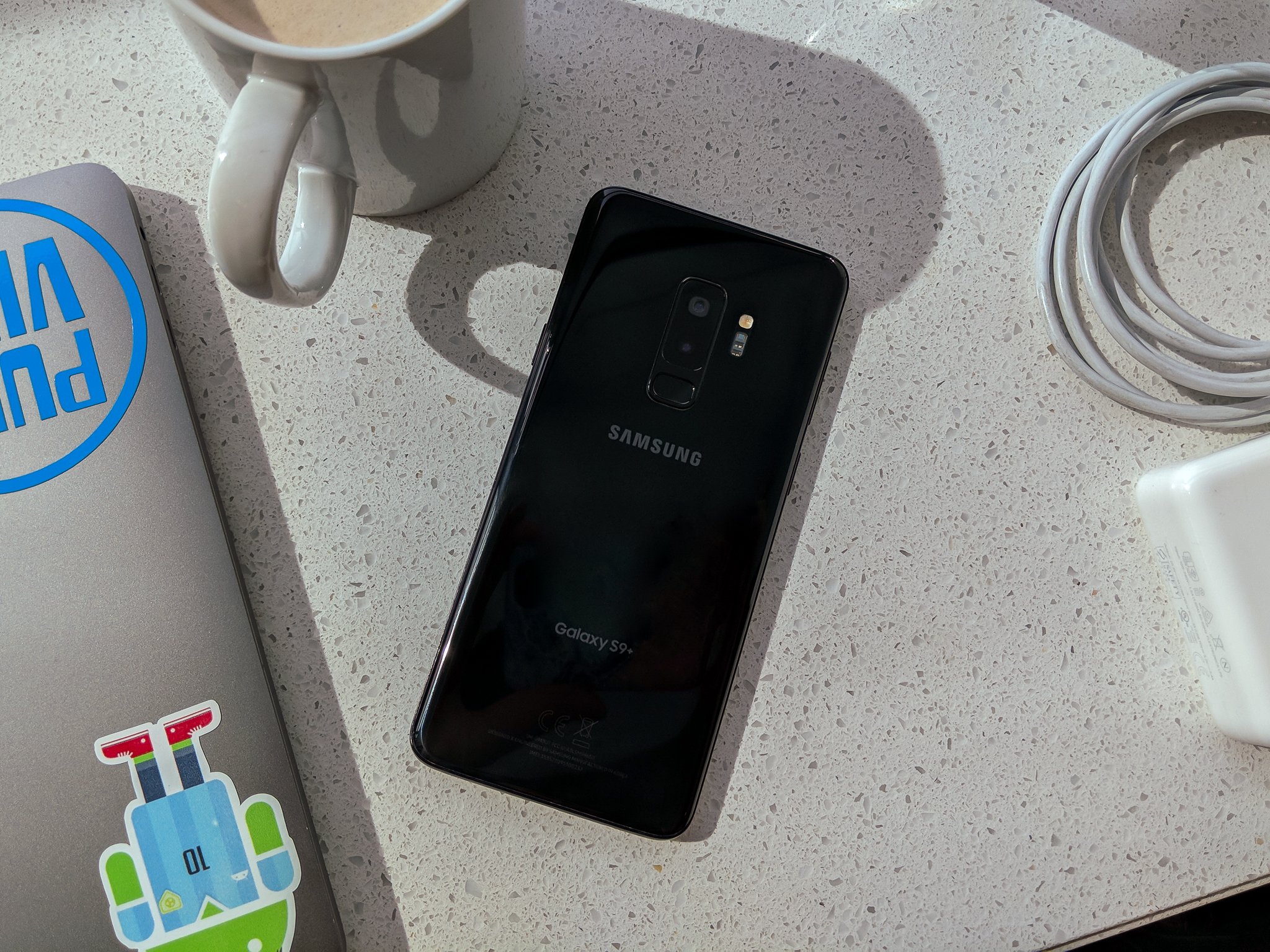
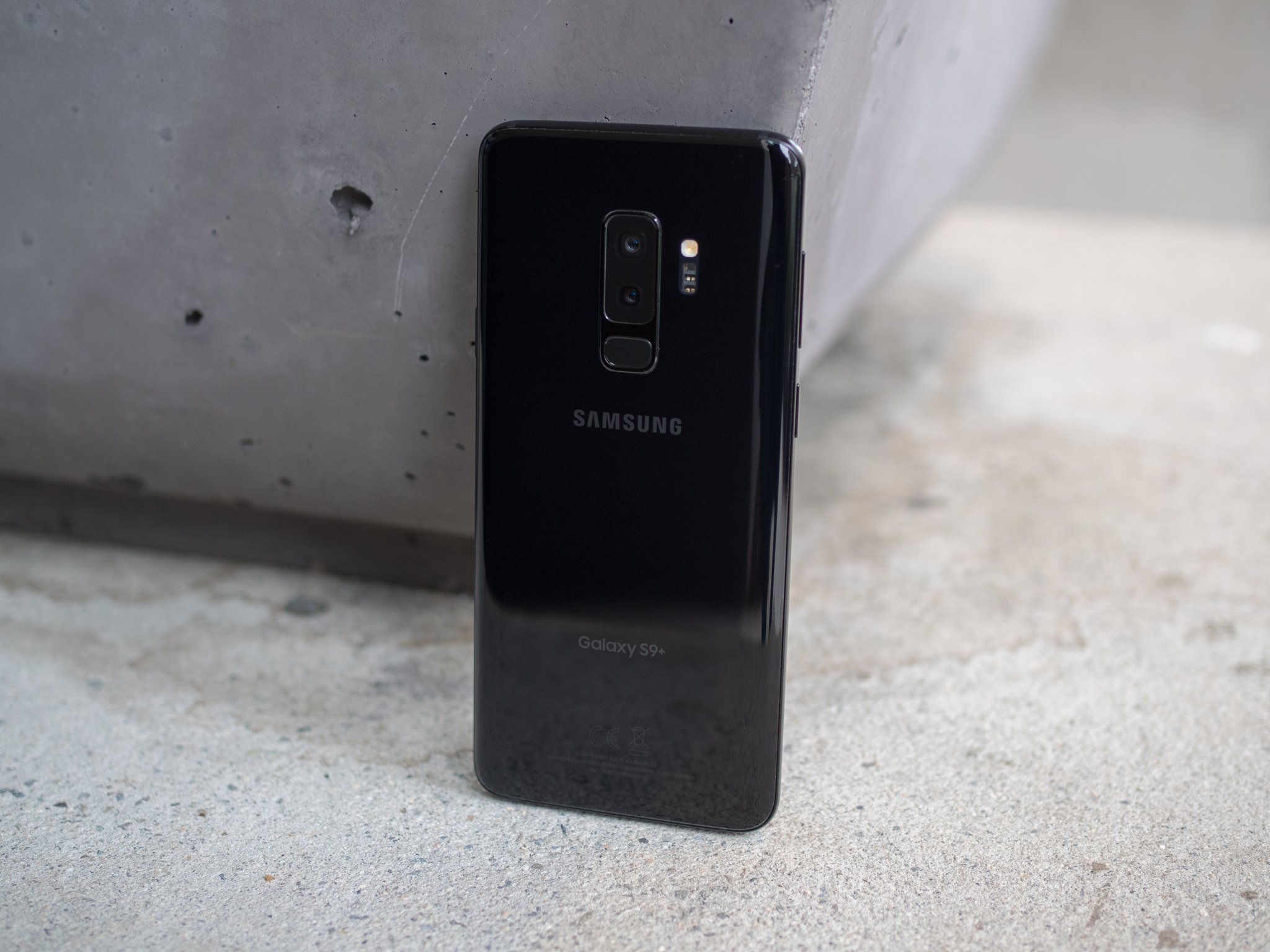
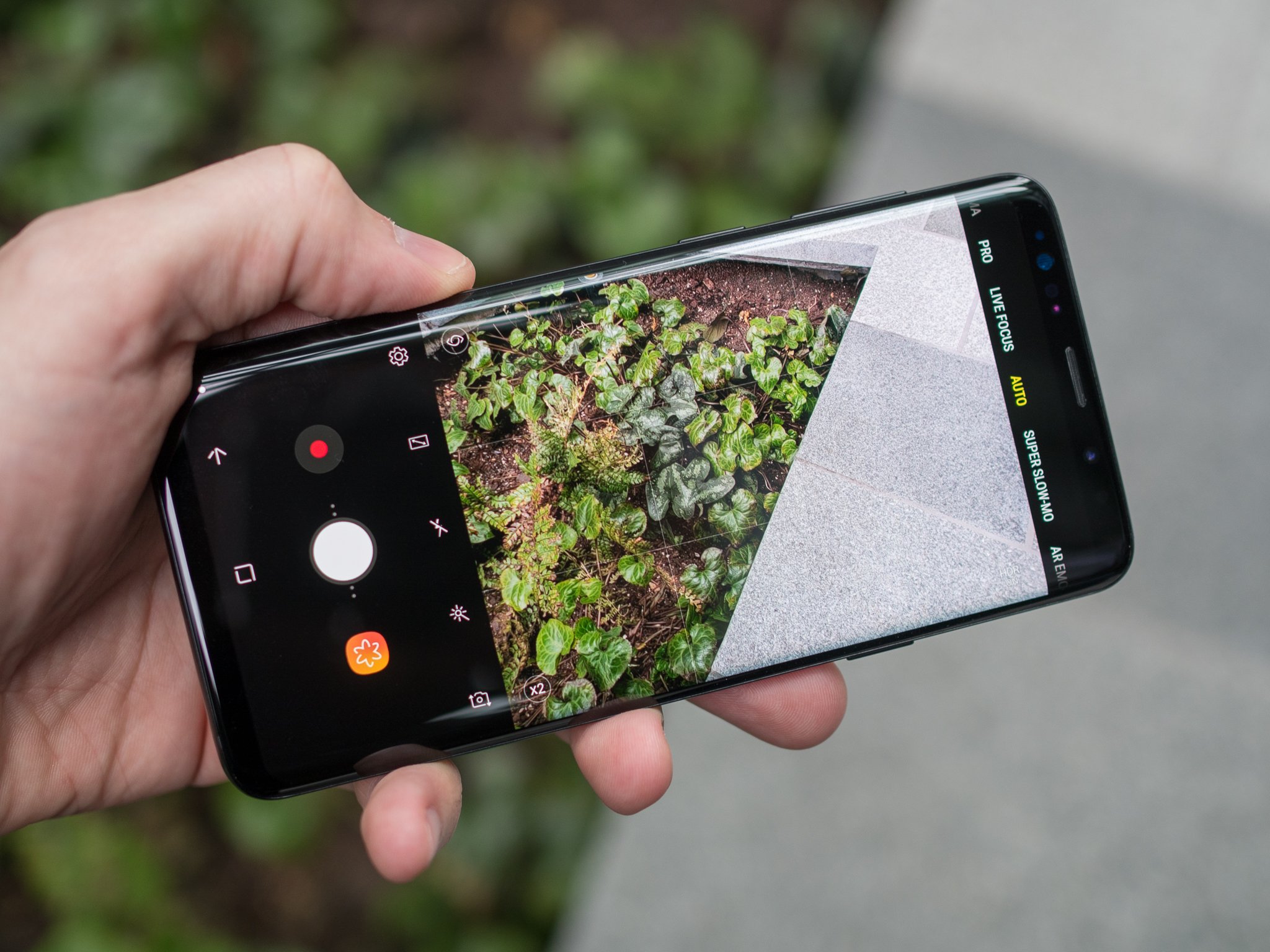
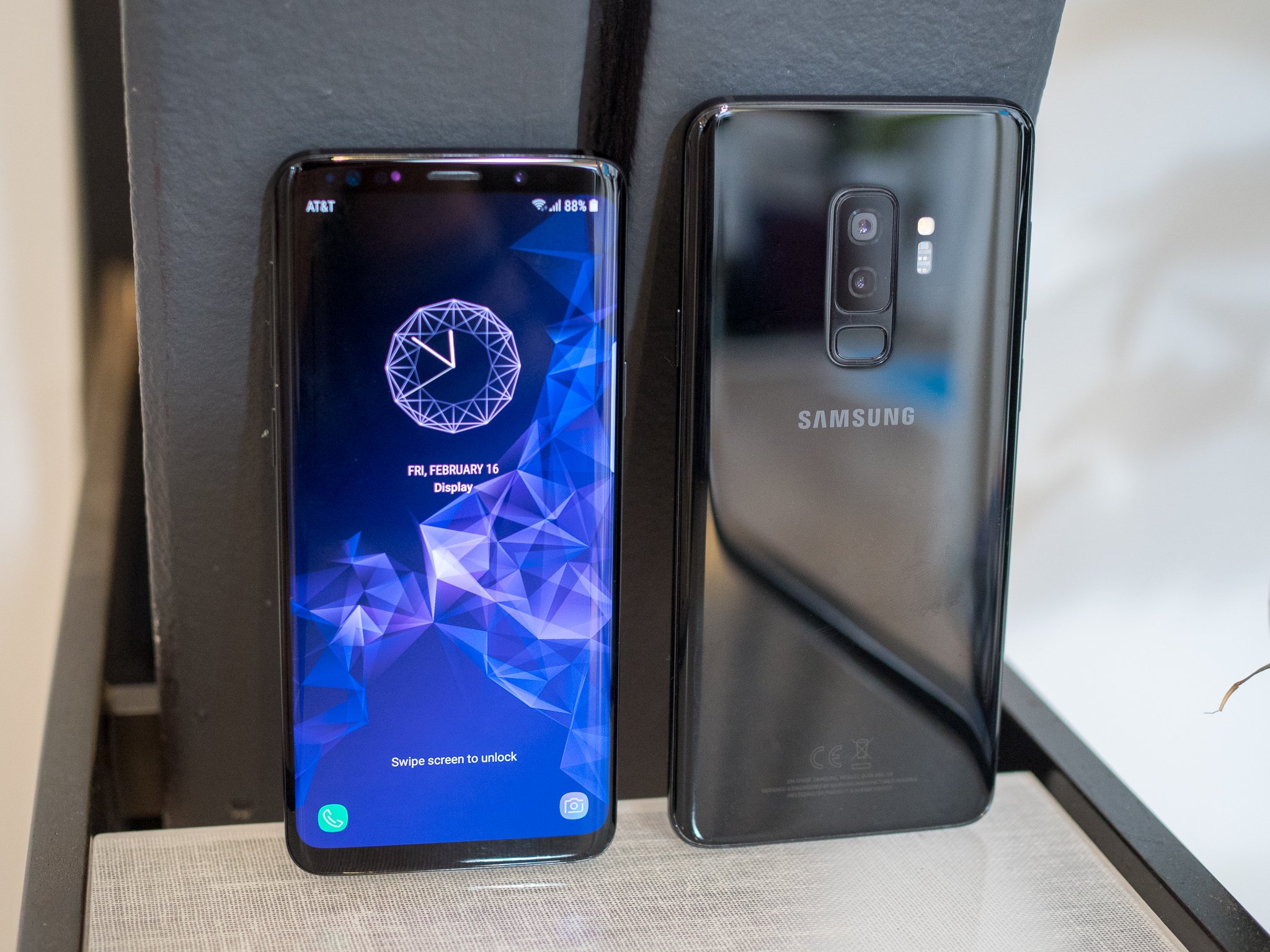


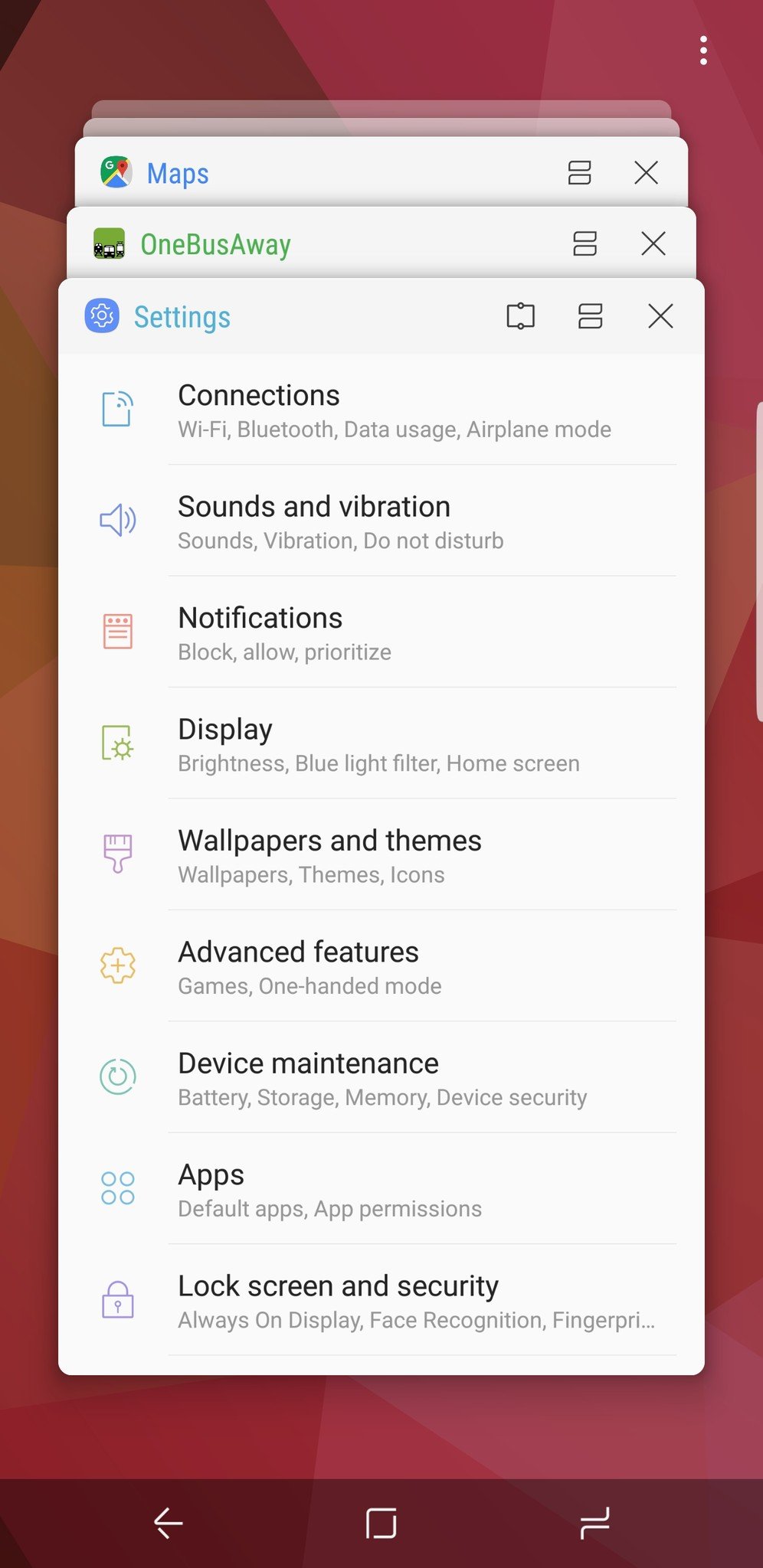
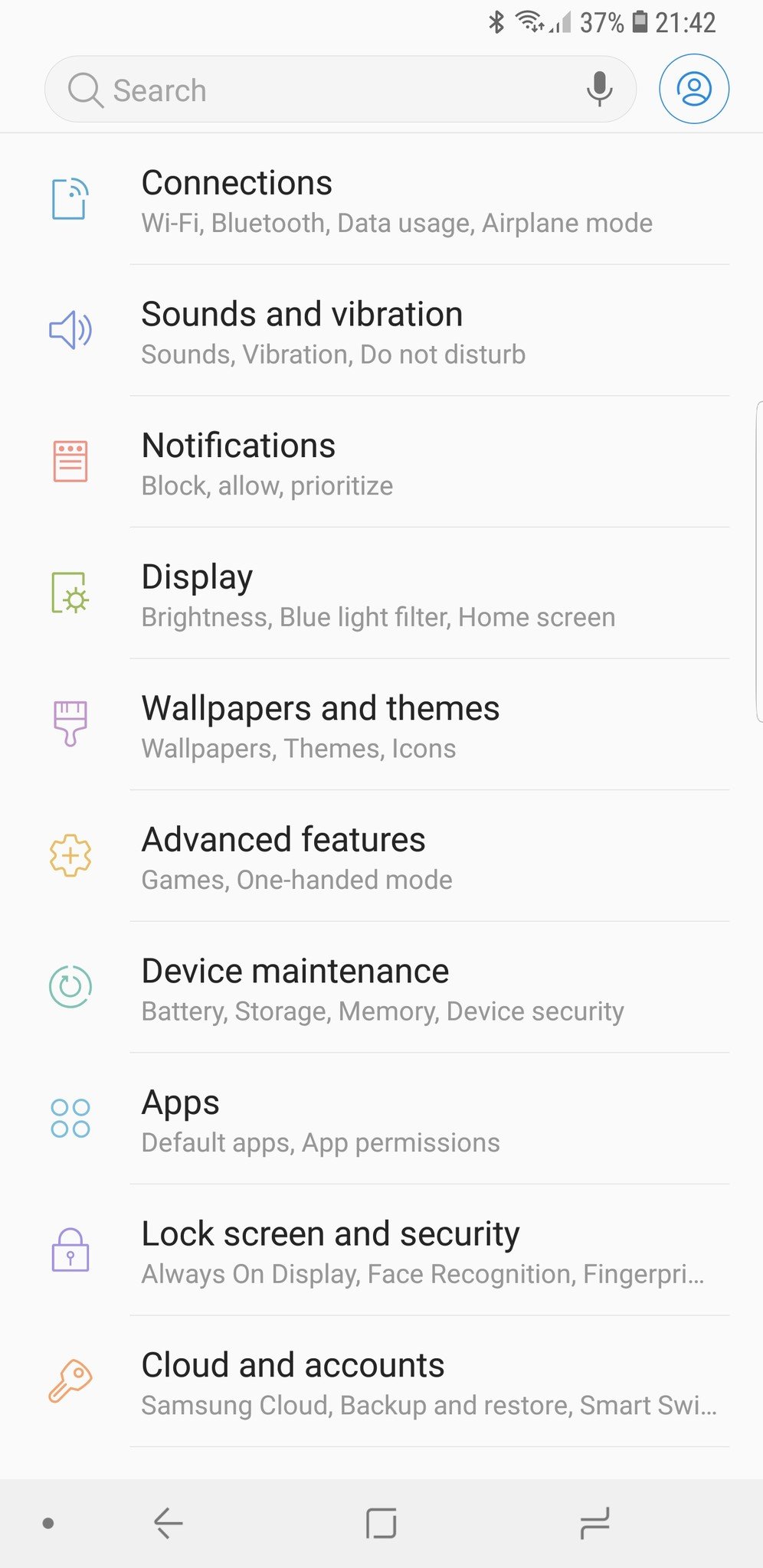

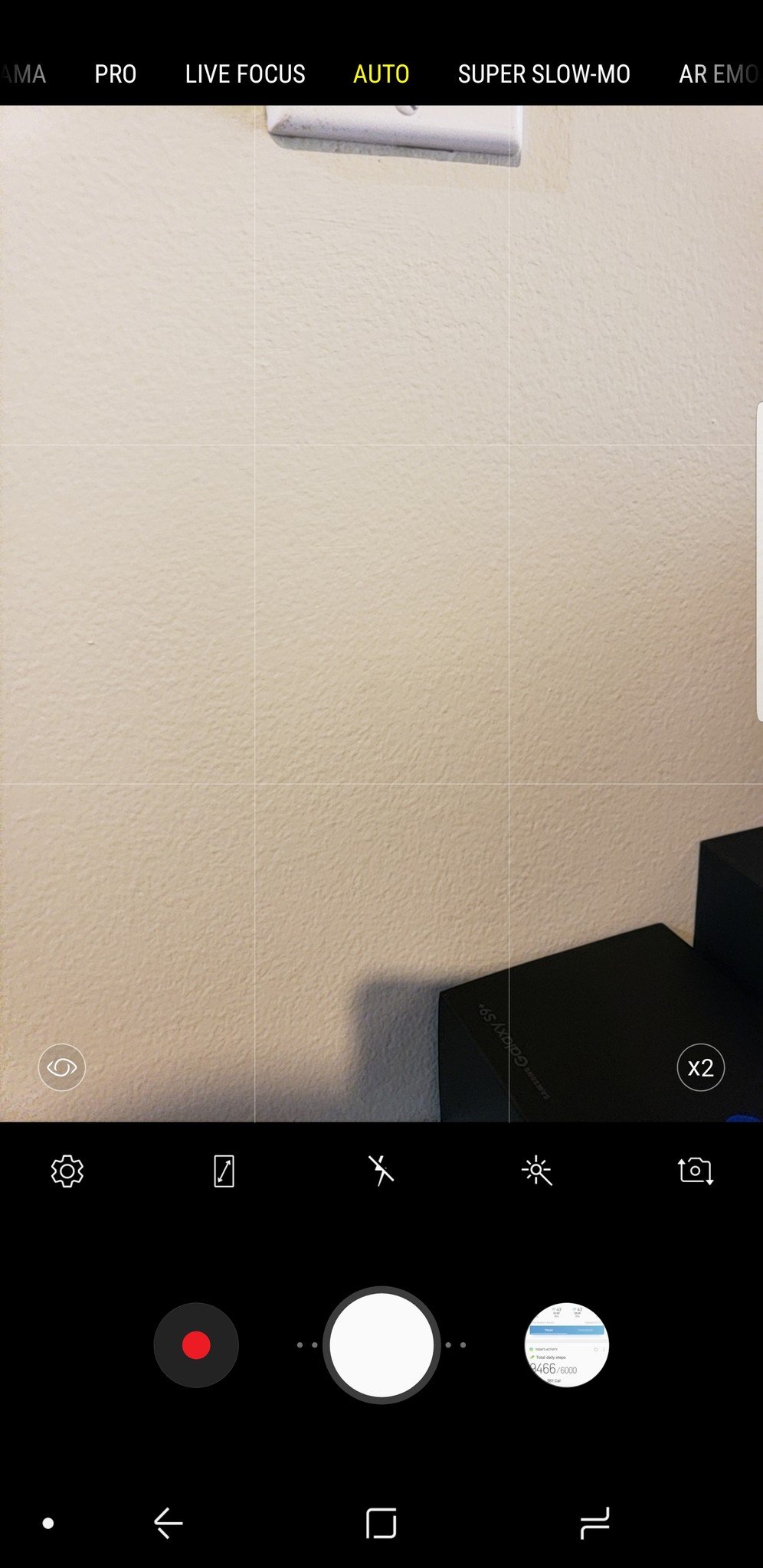
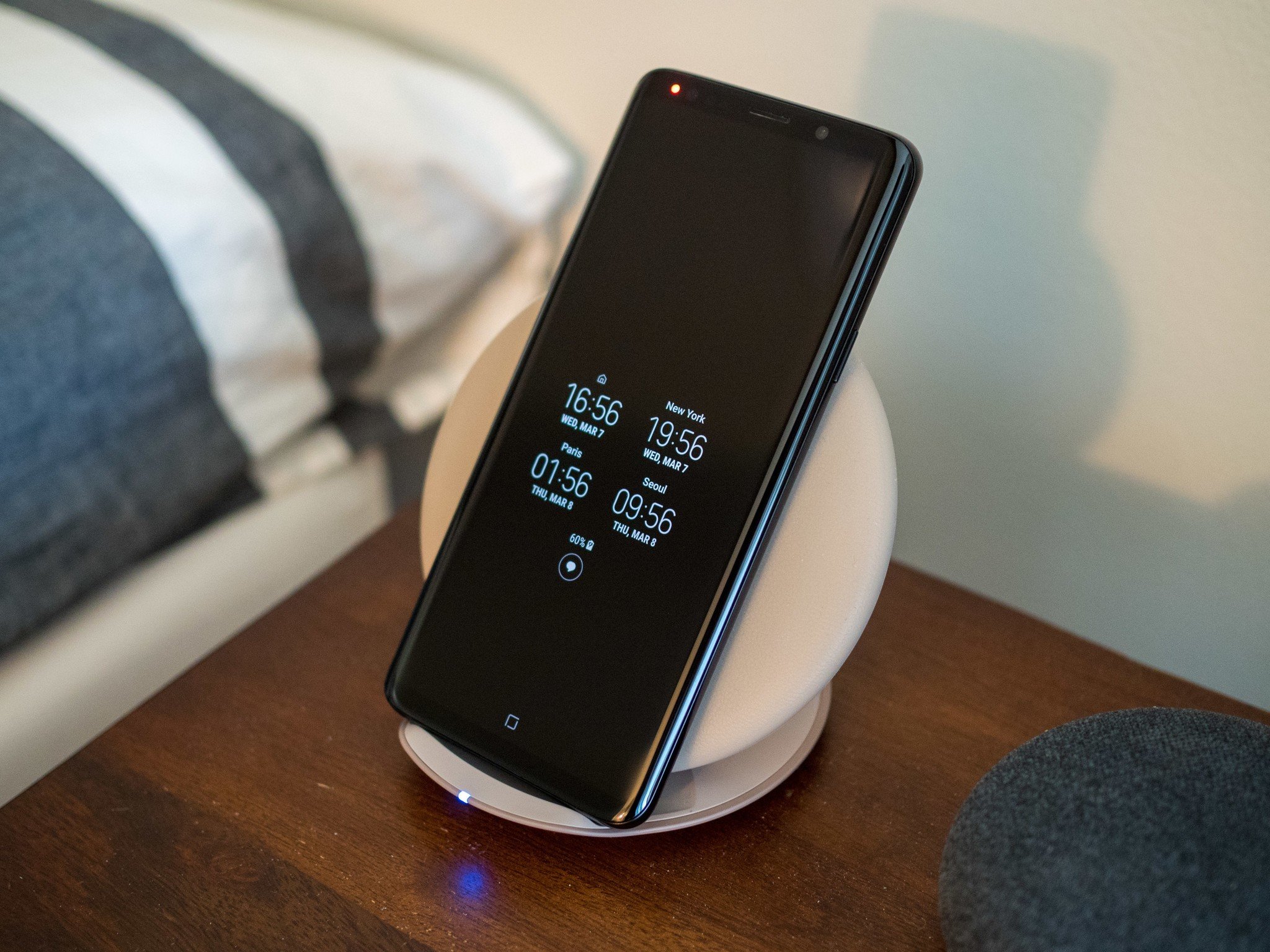

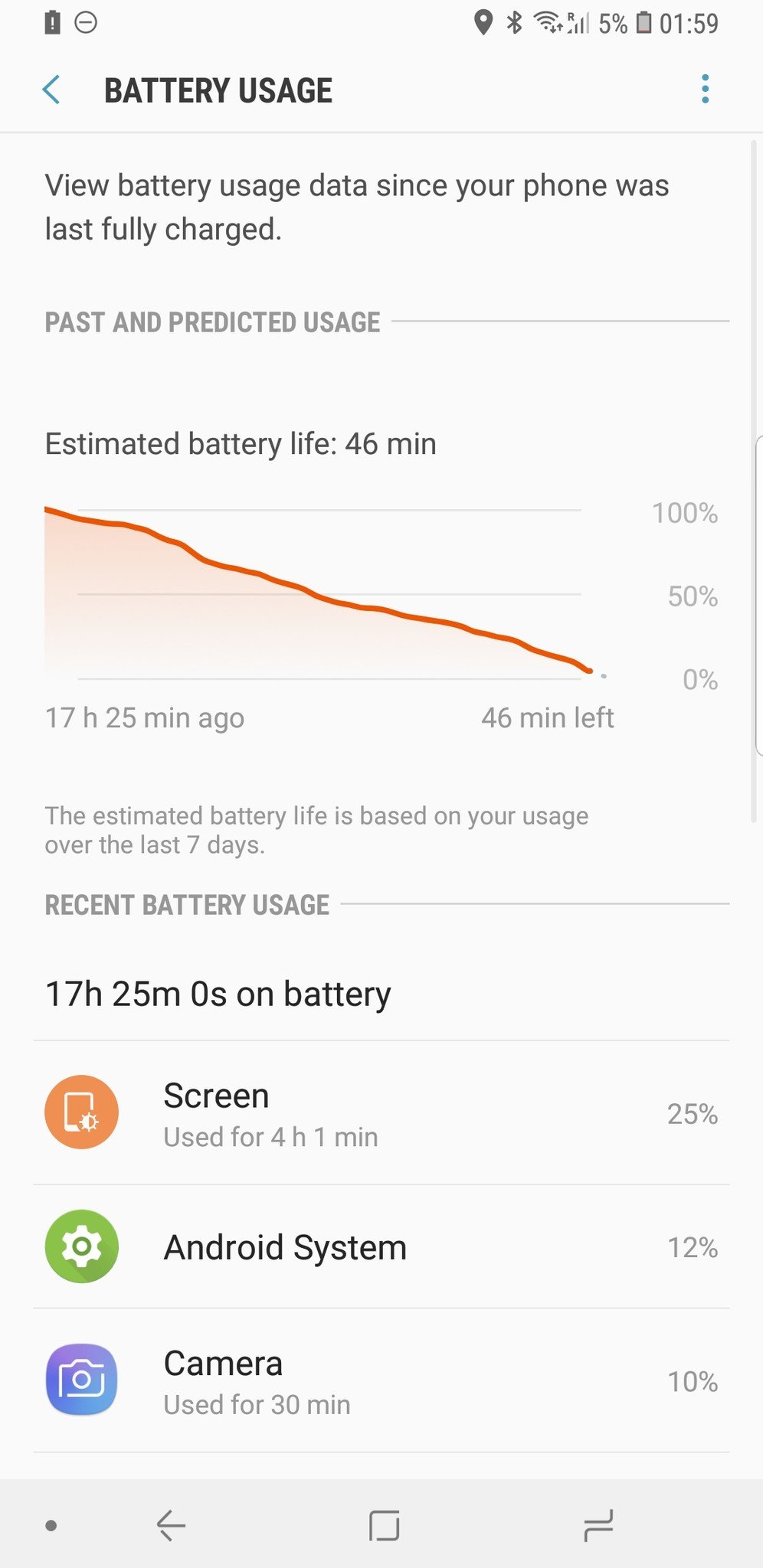
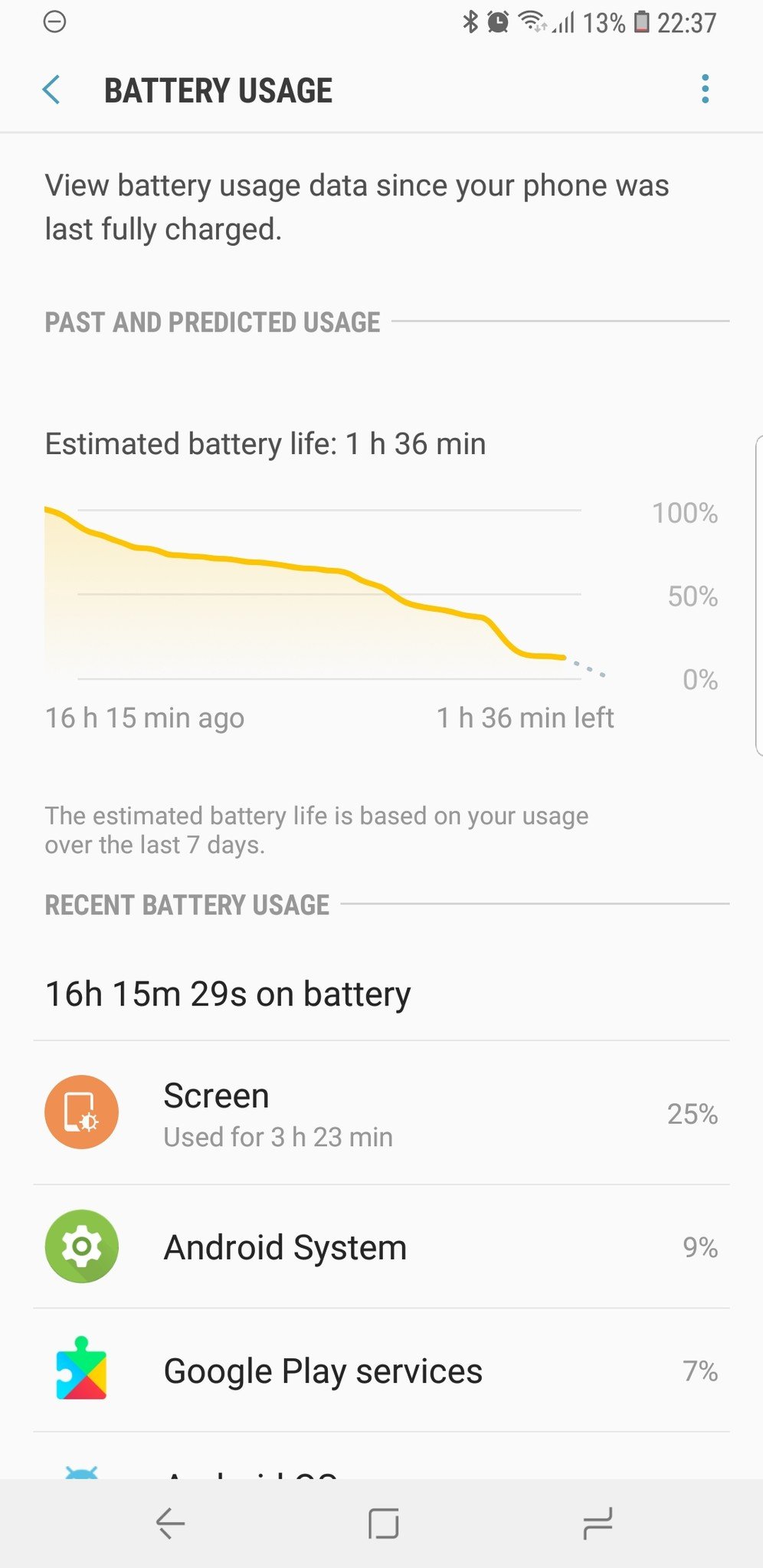
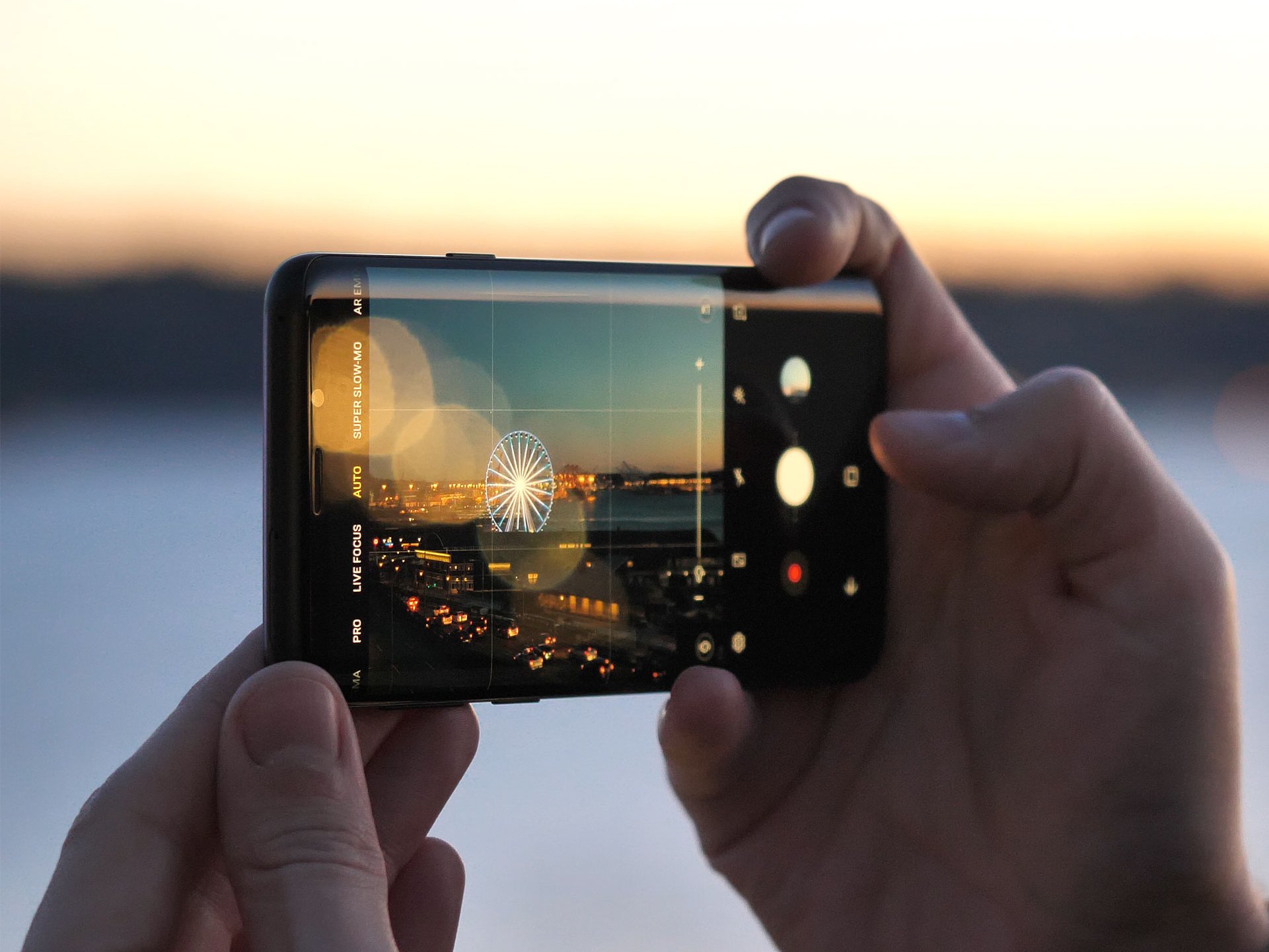






















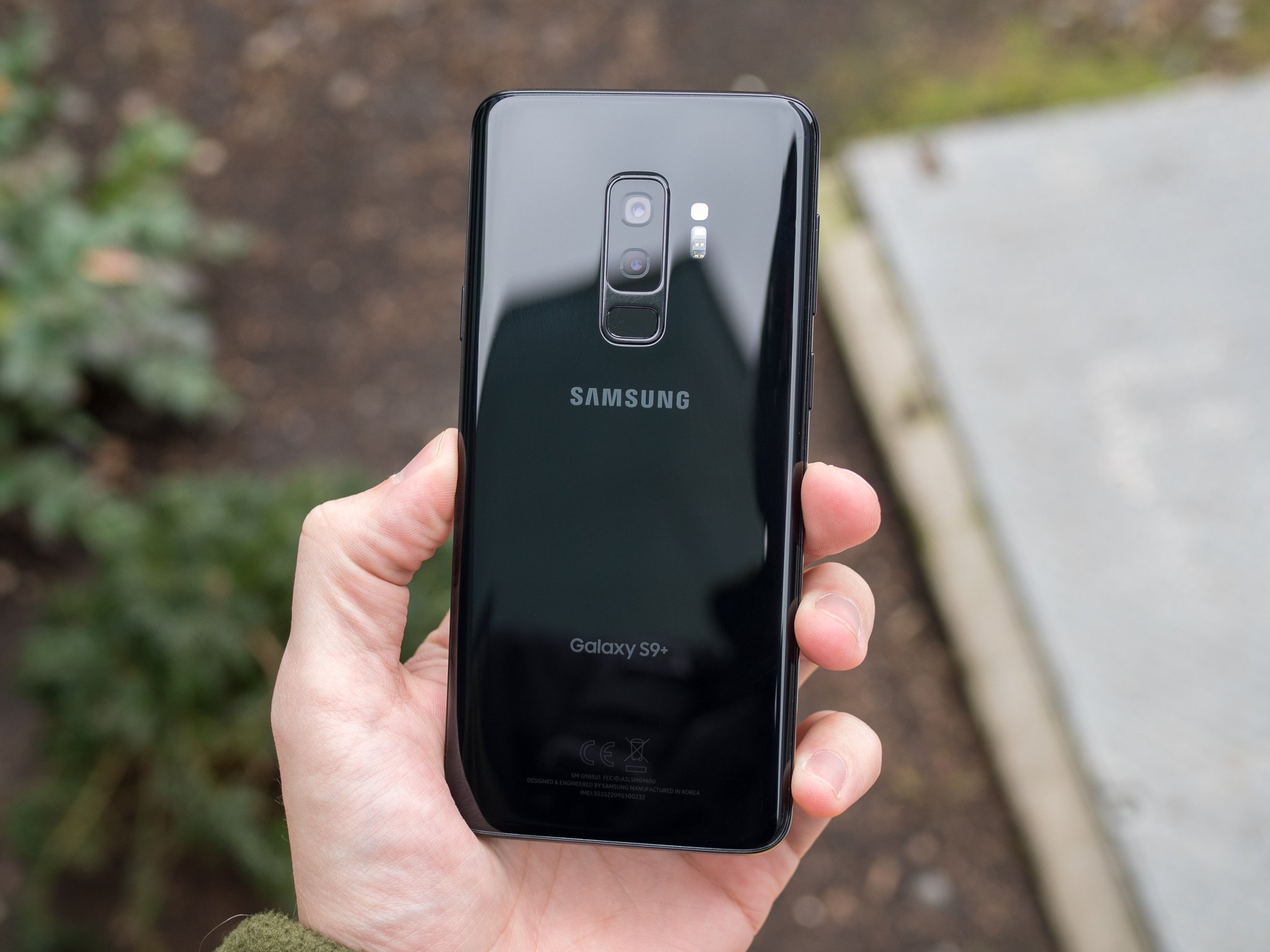
Tidak ada komentar:
Posting Komentar